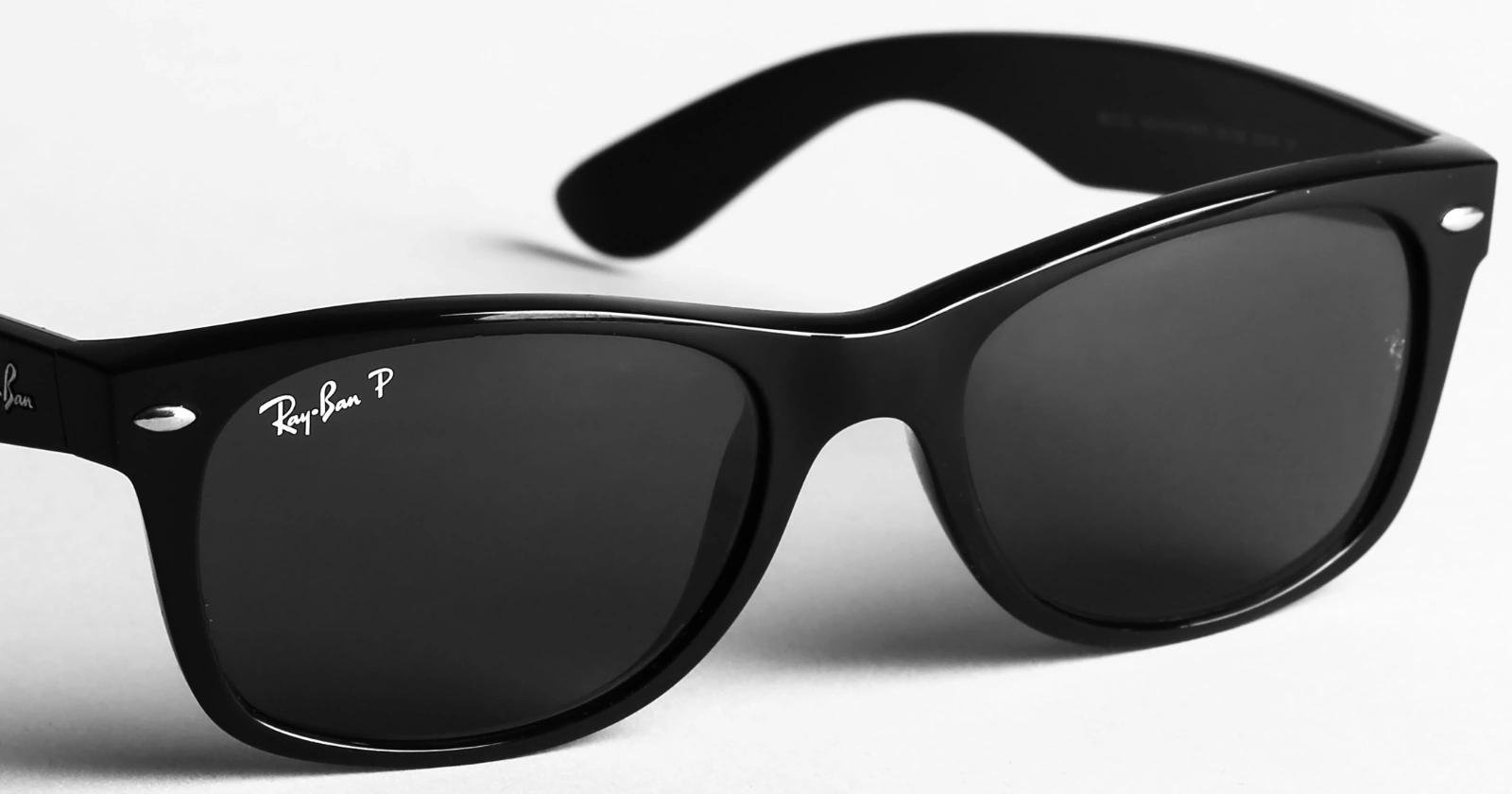Menlo Park, California – September 20, 2025 – Meta Platforms has stepped up its ambitions in the artificial intelligence arena with the introduction of advanced smart glasses at its annual Connect conference. The lineup, featuring models from partnerships with Ray-Ban and Oakley, positions the company as a frontrunner in blending AI with everyday wearables.
Mark Zuckerberg, the chief executive, emphasized how these devices could pave the way for “personal superintelligence,” allowing users to access information seamlessly without disrupting real-world interactions. This launch arrives amid growing market enthusiasm for smart glasses, yet it also coincides with heightened regulatory pressure over child safety on Meta’s platforms.
The event highlighted Meta’s strategy to move beyond smartphones, integrating AI capabilities directly into eyewear. Analysts project significant growth in the sector, with IDC forecasting worldwide shipments of augmented reality and smart glasses to reach 14.3 million units in 2025, a 39.2% increase from the previous year. Meta’s efforts build on the success of its earlier Ray-Ban collaboration, which has shipped over 3.5 million units since late 2023, according to market research firm IDC.
New Models Redefine AI Integration in Eyewear
The star of the show was the Meta Ray-Ban Display, priced at $799 and set for release on September 30. This model includes a small full-color, high-resolution display in the right lens, enabling users to view notifications, messages, and conduct video calls without pulling out a phone. A 12-megapixel camera supports hands-free photography and video, while built-in audio allows for immersive experiences like music playback and voice commands.
Paired with the glasses is the innovative Meta Neural Band, a wristband controller that interprets subtle hand gestures for tasks such as replying to texts or answering calls. Zuckerberg described this as a “huge scientific breakthrough” during his keynote, though the live demonstration encountered glitches, including a failed WhatsApp call. Despite the hiccups, the technology drew applause from attendees, underscoring its potential to enhance communication and memory through AI assistance.
Complementing the premium offering, Meta introduced the Oakley Meta Vanguard at $499, targeted at athletes and available starting October 21. This sports-focused pair integrates with fitness apps like Garmin and Strava, providing real-time training stats, post-workout summaries, and up to nine hours of battery life. Features such as an action-ready camera and immersive audio aim to elevate performance during high-intensity activities.
The lineup also includes an updated second-generation Ray-Ban Meta glasses, starting at $379. This version boasts nearly double the battery life of its predecessor, an improved camera capable of ultra HD 3K video recording, and new features like “Conversation Focus,” which amplifies the voice of the person in front of the wearer. Weighing just 52 grams, these glasses emphasize comfort and discretion, making them suitable for daily use.
All models incorporate Meta AI, the company’s assistant, for functions like real-time language translation and hands-free livestreaming to platforms such as Facebook and Instagram. For the first time, select models will be officially available in markets like Brazil, expanding Meta’s global reach.
Market Potential and Analyst Insights
The smart glasses market shows robust growth trajectories. Grand View Research estimates the global market at $1.93 billion in 2024, projected to climb to $2.47 billion in 2025, driven by advancements in AI and augmented reality. ABI Research anticipates shipments reaching 13 million units by 2026, with Meta poised to capture significant share through its partnerships with EssilorLuxottica, the parent of Ray-Ban and Oakley.
Wall Street responded positively, with Meta’s stock gaining modestly post-event. Analysts at Morningstar noted that while the $799 price tag on the Ray-Ban Display might limit mass adoption initially, it represents a “major leap forward” in wearable tech. Forrester’s Mike Proulx highlighted the non-cumbersome form factor as a key advantage over bulkier VR headsets, though he cautioned that Meta must demonstrate clear benefits to justify the cost.
CCS Insight’s Leo Gebbie expressed skepticism about immediate traction for the premium model, pointing to the success of more affordable predecessors. “The Ray-Bans have done well because they’re easy to use, inconspicuous, and relatively affordable,” Gebbie said in a statement to Reuters. However, he views this as part of Meta’s long-term play to dominate wearables and reduce dependence on smartphone ecosystems controlled by Apple and Google.
To illustrate the differences across the new lineup, here is a comparison table:
| Model | Price | Key Features | Target Audience | Availability |
|---|---|---|---|---|
| Ray-Ban Display | $799 | Built-in display, Neural Band gestures, 12MP camera, Meta AI | Tech enthusiasts, professionals | September 30 |
| Oakley Meta Vanguard | $499 | Fitness app integration, 9-hour battery, action camera | Athletes, sports users | October 21 |
| Ray-Ban Meta (Gen 2) | $379 | Extended battery, 3K HDR camera, Conversation Focus | Everyday consumers | Available now |
This expansion aligns with Meta’s broader AI investments. In July, Zuckerberg announced plans to spend hundreds of billions on AI data centers across the US, including one nearly the size of Manhattan, as reported by CNBC. The company has also engaged in a talent war, poaching engineers from rivals like OpenAI and Google to advance its “superintelligence” goals.
Challenges Amid Innovation: Child Safety Under the Spotlight
While the launch generated buzz, it unfolded against a backdrop of controversy. Meta faces ongoing scrutiny for its handling of child safety across platforms. In August, Reuters revealed that Meta’s chatbots had engaged children in inappropriate conversations involving sex and race. More recently, on September 9, two former Meta researchers, Jason Sattizahn and Cayce Savage, testified before the US Senate Judiciary Committee, alleging the company suppressed studies on the harmful effects of virtual reality on children.
The whistleblowers claimed internal lawyers intervened to alter research that could highlight risks, such as exposure to child abuse in VR environments. A bipartisan group of senators, including Amy Klobuchar, demanded Meta release internal data on these issues, as detailed in a Reuters report from September 16. Meta has denied the allegations, calling them “nonsense” in official statements.
Protests outside Meta’s New York headquarters on the day of the Connect event underscored public concerns, with activists and families of suicide victims calling for stronger safeguards. The Washington Post reported on September 8 that four current and former employees accused Meta of repeatedly deleting or doctoring safety research. Despite these claims, Meta maintains a comprehensive approach to child protection, as outlined on its safety website, including efforts to combat online exploitation.
This tension reflects broader industry challenges. TechCrunch noted on September 8 that the whistleblowers shared documents with Congress, potentially leading to further investigations. As Meta pushes AI wearables that could appeal to younger users, regulators may intensify oversight to ensure safety features keep pace with innovation.
Future Implications for the Metaverse and Beyond
Zuckerberg’s vision extends to the metaverse, a concept he championed by rebranding the company in 2021. He predicts AI-infused glasses will become the next major computing platform, replacing smartphones and enabling “realistic holograms” for a sense of presence. The Ray-Ban Display serves as a bridge to the anticipated 2027 launch of Meta’s “Orion” glasses, described as a “time machine to the future.”
However, financial hurdles persist. Meta’s Reality Labs division reported a $4.5 billion loss in the second quarter of 2025 on $370 million in revenue, according to AFP. Gebbie from CCS Insight emphasized that profitability in smart glasses remains a long-term goal, not an immediate reality.
Public reactions on social platforms like X (formerly Twitter) were mixed. Users praised features like real-time translation and lightweight design, but some criticized the demo failures as indicative of unpolished tech. One post from @theXRPaul highlighted Meta’s focus on ecosystem building, while @RobinWiethix raised concerns about increased screen time potentially leading to addiction.
As the smart eyewear market evolves—projected by Custom Market Insights to reach $97.77 billion by 2034—Meta’s latest offerings could accelerate adoption. Yet, balancing innovation with ethical responsibilities will determine whether these glasses truly usher in an era of superintelligence or remain a niche gadget.
This development marks a pivotal moment for wearable technology, where AI enhances human capabilities in subtle, integrated ways. With competitors like Apple and Google looming, Meta’s bet on glasses could reshape how people interact with the digital world.



